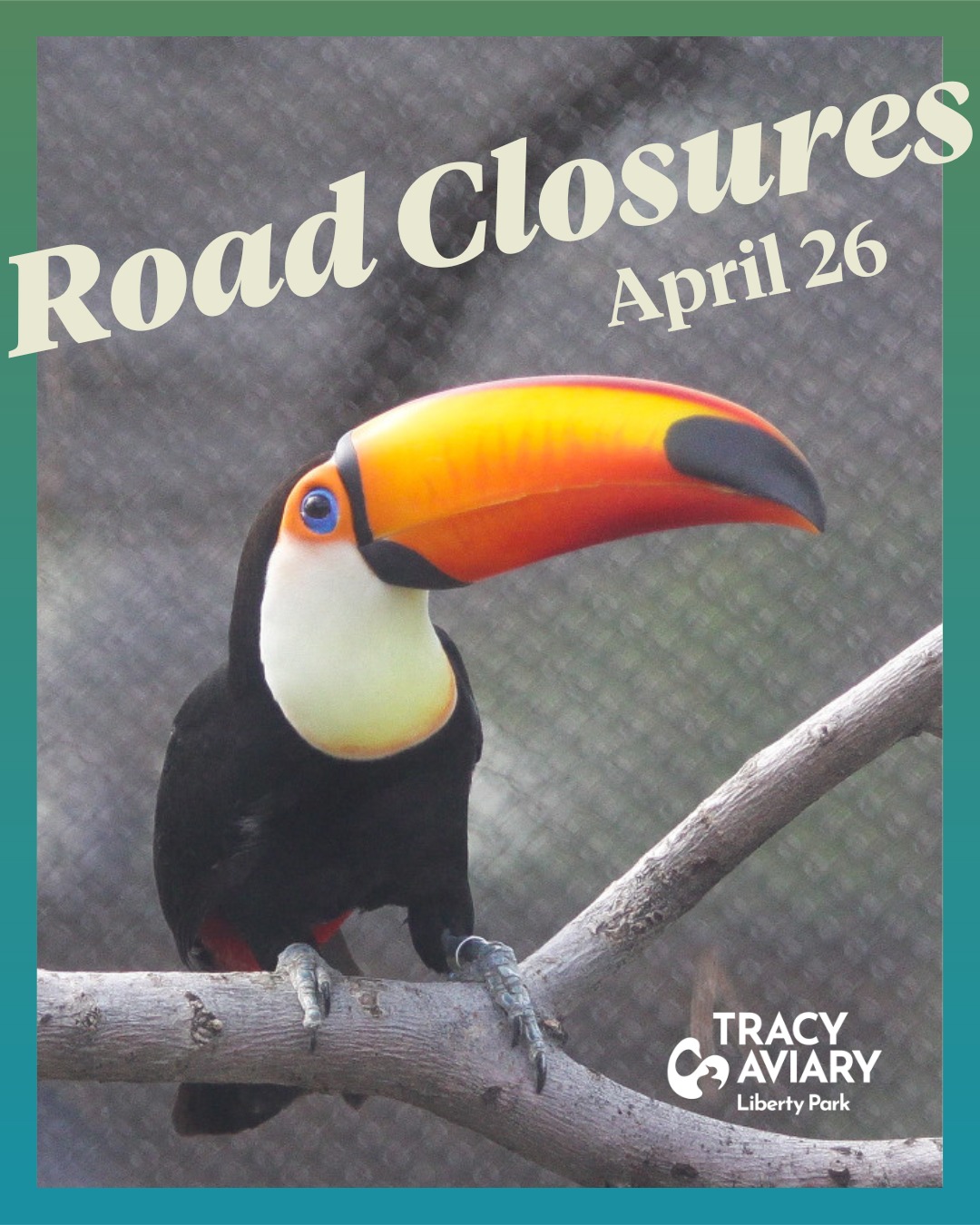- Overview of the Salt Lake City Marathon and its impact on Liberty Park
- Importance of planning ahead for street closures
- Intersection of community events and conservation efforts
- Role of urban parks in wildlife conservation and public education
- Strategies for zoo management in response to local events
Access to Liberty Park will be restricted on Saturday, April 26 due to the Salt Lake City Marathon. This annual event is a significant occurrence that impacts city logistics and requires careful planning by residents and visitors alike. The marathon is a celebrated local activity that brings together athletes and spectators, highlighting the vibrant community spirit of Salt Lake City. However, it also necessitates temporary changes that can affect access to popular urban spaces like Liberty Park.
The need for effective city planning arises in such situations, emphasizing the importance of public awareness regarding street closures. Public transportation routes may alter, requiring informed decisions by those who normally frequent the areas affected. Moreover, timely information dissemination by event organizers, like updates from @saltlakecitymarathon, aids in minimizing the disruptions caused by these changes. Effective communication ensures that both participants and non-participants can smoothly navigate the area during the marathon.
Community events like marathons intersect in interesting ways with conservation efforts. While these events draw attention to urban spaces, they also provide an excellent opportunity to educate the public about conservation. Urban parks are crucial in integrating wildlife habitats within city environments. They offer a sanctuary for various species and a platform for public engagement about biodiversity and environmental stewardship.
Liberty Park, for instance, serves as more than a recreational area. It stands as a testament to urban ecological management by housing a variety of plant and animal species. It’s designed to balance human activities with the needs of local wildlife. Such spaces play a dual role, providing leisure and serving as green lungs for the city, which aids in pollution reduction and enhances the mental well-being of residents.
Zoo management within and near cities like Salt Lake must also adapt to local events. Event-driven changes necessitate strategic planning for animal care regimes. Adjustments may include noise management strategies or altering visitation schedules to ensure minimal stress on animals. Furthermore, zoos can take advantage of increased public interest during large events to promote educational initiatives and conservation messages.
Wildlife conservation requires a cooperative effort among multiple sectors, including government agencies, non-profit organizations, and the public. Collaborative conservation strategies can expand the role urban settings play in protecting biodiversity. By fostering a well-informed public and engaging them in conservation tasks, cities like Salt Lake City can enhance their ecological footprint.
The Salt Lake City Marathon serves as a reminder that while community events create temporary disruptions, they also open channels for greater ecological awareness and education. Such intersections between community engagement and environmental stewardship underscore the relevance of proactive urban planning. They reinforce the narrative that urban living and conservation are not exclusive but can be symbiotic.
*****
Source Description
Access to Liberty Park will be limited on Saturday April 26 due to the Salt Lake City Marathon.
Please plan ahead! You can learn more about street closures @saltlakecitymarathon


